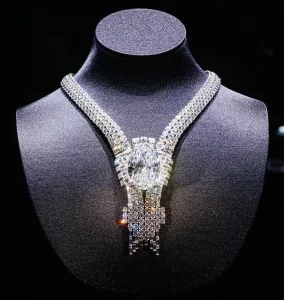
I recently attended a presentation on cyber security that addressed some of the risks of using email. In the course of this presentation the presenter, who was less than half my age, mentioned that the “Cc” feature referred to “carbon copies” and the “Bcc” feature referred to “blind carbon copies.”
At this point it occurred to me that what the presenter had just described was an oxymoron. As all alert readers (ARs) who are close to my age know, there’s no such thing as a carbon copy of an electronic communication. I suspect that the presenter, perhaps like most younger ARs, had never actually seen a piece of carbon paper.
For the benefit of others in this age cohort (meaning virtually everyone not yet eligible for membership in AARP), carbon paper was a sheet of ink-stained paper inserted between two sheets of plain paper to produce a copy of the typed original. Like some older ARs, when I was in college I used carbon paper to make copies of term papers that I typed on a portable manual typewriter. My guess is that not only have some younger ARs never seen carbon paper; most have probably never used a typewriter of any kind, manual or electric.
While carbon paper is seldom if ever used for copied messages today, carbon is very much part of the contemporary conversation, usually in a negative context. Nations, state and local governments, businesses, not-for-profit organizations and individuals are all constantly being admonished to reduce their carbon footprints in order to save the planet.
While carbon is today held in great disfavor by the cognoscenti, there was a time when it was so highly esteemed that it inspired the names of cities. Carbondale, Illinois, is one of over a dozen towns stretching from California to Pennsylvania that proudly bear this name, which literally means Coal Valley. In the same vein (both figuratively and geologically), Glen Carbon, Illinois, which is in Madison County along with Schlafly Highland Square, literally means Valley of Coal.

Costly Carbon Footprint
In addition to powering American industry and providing electricity for hundreds of millions of Americans, including Bitcoin miners and Tesla drivers, carbon serves the salutary purpose of water purification. Granulated activated charcoal filters give us potable water, which all ARs know is an essential component of good beer. And I for one am personally grateful. ARs also know that beer is carbonated, meaning we’re ingesting carbon dioxide with every sip.
While beer is very much a product for Everyman and Everywoman, diamonds have been regarded as an expensive luxury ever since they were first discovered in India in the 4th century BC. Diamonds enjoy this revered status despite being nothing more or less than pure carbon. The commodity that fuels power plants and blast furnaces; that purifies water; and combines with oxygen to put bubbles in beer, Champagne and soft drinks is the same chemical element that adorns engagement rings, bracelets, earrings, the crowns of kings and queens, and lots of expensive bling at Tiffany’s.
Granted, diamonds are undeniably more glamorous than beer. Nevertheless, it’s worth noting that Sumerians were brewing and drinking beer more than 3,500 years before Indians or anyone else was digging up diamonds. So, no offense to the folks at De Beers or to Ian Fleming, but beer truly is more forever than diamonds will ever be.

Tom Schlafly
Chairman – The Saint Louis Brewery
